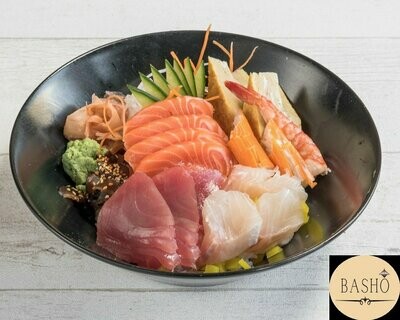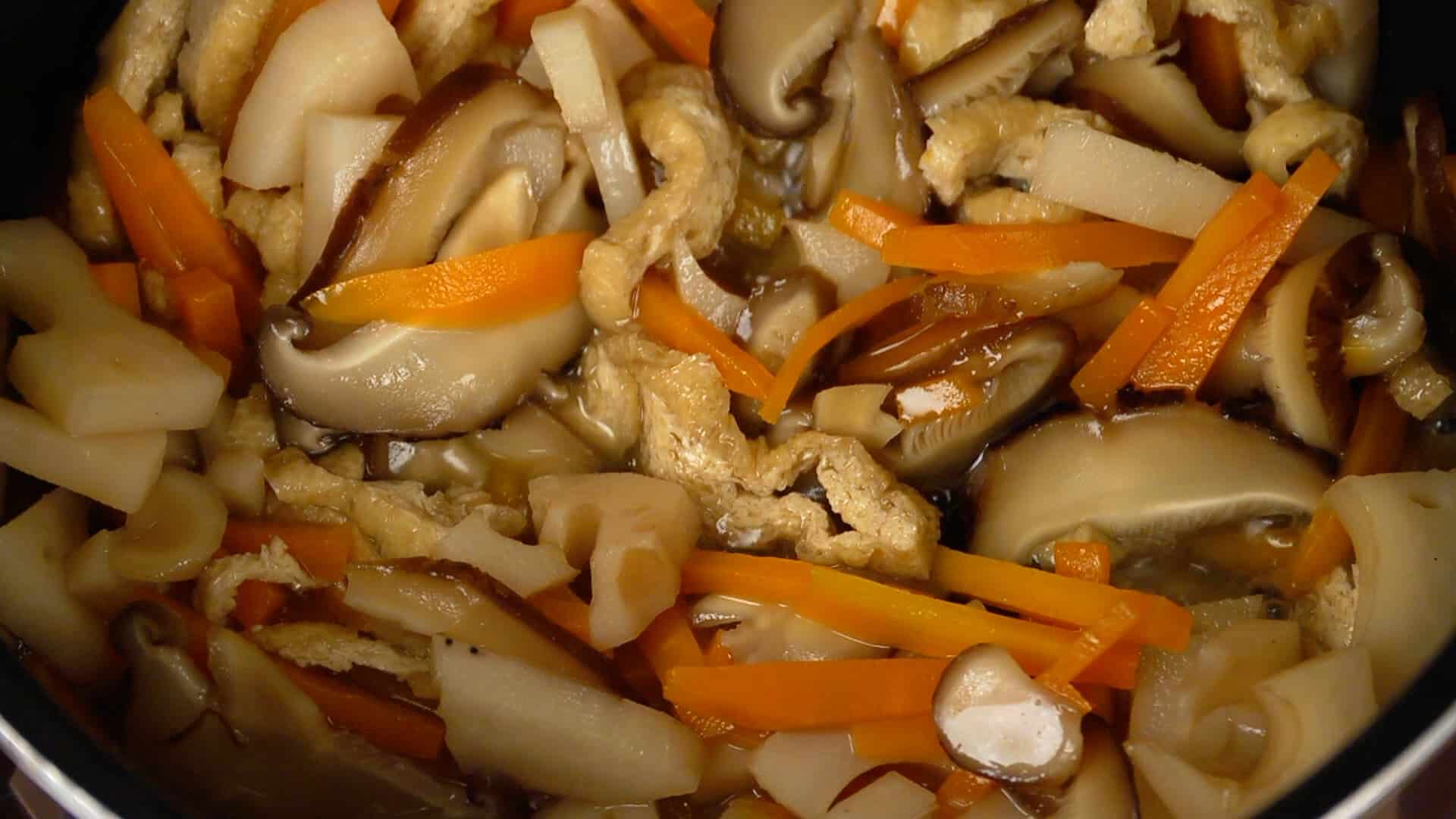

Different Styles of Chirashi SushiĪlthough there are many styles of Chirashi Sushi. So there were many excess pieces of unused sashimi which turned into a bowl of chirashi.

And that is exactly what a chirashi bowl is, scattered fish and toppings on a bed. Soon came the idea of using vinegar to add to the rice to help refrigerate the seafood longer. The word chirashi in Japanese means scattered. Hence commoners would make chirashi sushi to hide the extravagant ingredients of fish and toppings with the help of white rice. And is a dish that many villagers would eat for certain special celebrations.įurthermore, although Edo society at the time was relatively peaceful with high economic growth, it also had many strict social customs.Īnd this means having regulations to protect political stability, so social changes between the classes was impossible. Chirashi Sushi is sometimes mixed up with Barazushi which doesn’t contain much raw fish other than decoration. The first appearance of this sushi cuisine is in the Edo period of 1600-100s. Chirashi Sushi (Chirashizushi) is a kind of Sushi dish with thinly sliced Sashimi raw fish placed over a bed of Sushi Rice, instead of single pieces (Nigiri Sushi) or rolls (Maki Sushi). Chirashi Sushi History Chirashi Sushi Background:Īlthough the history is a bit vague for chirashi sushi. However, to put some extra seasons to flavor the food, you put the seasoning directly on the chirashizushi. Seasoning Preferences:Īdditionally chirashizushi doesn’t need much seasoning, so there’s no need to dip the sashimi in soy sauce or wasabi. Generally made in Japanese households with ingredients like mushrooms, carotenoid, green beans, or lotus root.Īlthough Chirashi and Kaisendon can be very similar the difference is that when served in restaurants, chirashizushi uses vinegar fermented sushi rice. But ingredients like egg omelette, fried tofu and vegetables. Meanwhile the other chirashi bowl is what’s typical in Japan and has no meat. Referring to two types of chirashi where one is made with the usual white rice and sashimi toppings common in the Kanto area in Tokyo. What is Chirashi SushiĬhirashi-zushi is translated into scattered sushi in English. So there are over 3400 species of fish there that are caught for the various toppings of Kaisendon. Where the water makes it an ideal environment for warm water fish and cold water fish.

How It Grew In Popularity:įollowing this dish was served in restaurants by the name of New Hatakane in Akita prefecture and Inoya in Kanazawa city.īesides Hokkaido where it’s a very celebrated dish there, another popular place for Kaisendon includes Toyama Bay. Soon this favorite lunch special began spreading in the 19th century. It quickly catches on for its casual mix of sashimi and how simple it is to make that takes no time. The place where Kaisendon was first cooked and eaten by Fishermans at the bay. Kaisendon was first introduced in the Hokkaido and Tohoku area of Japan. Hence it is easier for sushi chefs to serve the Kaisendon without special cutting.

Due to the elaborate sashimi slices that are needed. Since the preparation of sashimi can be difficult for most chefs. Where kaisen means seafood and don connotes a Donburi rice bowl. The word Kaisendon can be translated into a “bowl of fresh seafood”. Another dish is Unidon with only sea urchins, and Ikradon that has only salmon roe. Such as Tekkadon and Negitoro Don where the main seafood is tuna. Pick up orders have no service fees, regardless of non-Instacart+ or Instacart+ membership.Although Kaisendon is known for its variety of sashimi, some dishes actually only have one main ingredient. Instacart+ membership waives this like it would a delivery fee. There may be a "pickup fee" (equivalent to a delivery fee for pickup orders) on your pick up order that is typically $1.99 for non-Instacart+ members. With an optional Instacart+ membership, you can get $0 delivery fee on every order over $35 and lower service fees too. 100% of your tip goes directly to the shopper who delivers your order. It's a great way to show your shopper appreciation and recognition for excellent service. Tipping is optional but encouraged for delivery orders. Orders containing alcohol have a separate service fee. Service fees vary and are subject to change based on factors like location and the number and types of items in your cart. Fees vary for one-hour deliveries, club store deliveries, and deliveries under $35. Delivery fees start at $3.99 for same-day orders over $35. Here's a breakdown of Instacart delivery cost:


 0 kommentar(er)
0 kommentar(er)
